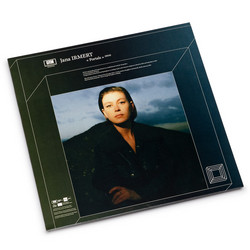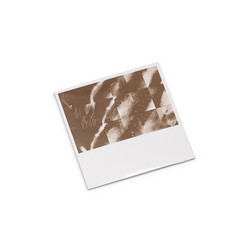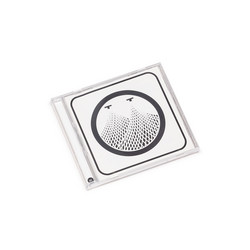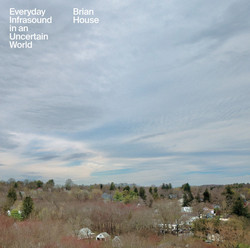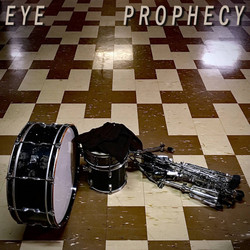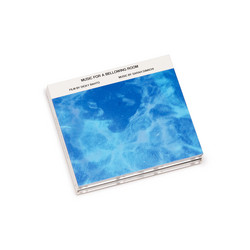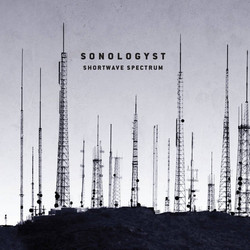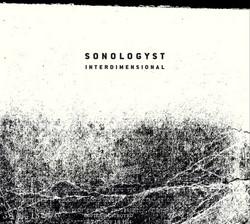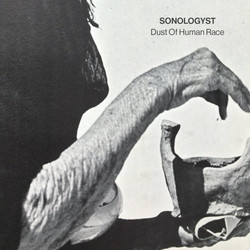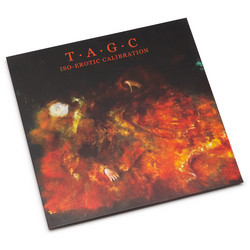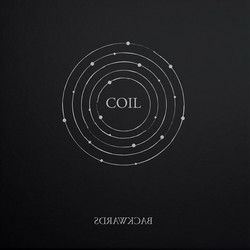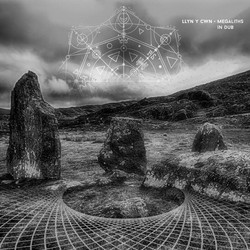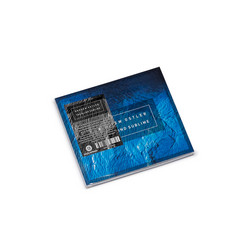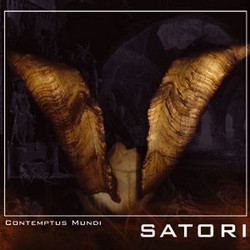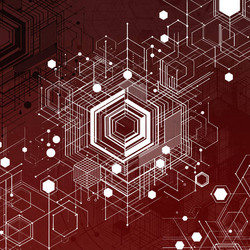1
2
3
4
An aural exploration of the solar system by Sonologyst, using data from NASA's probes.
On the latest album by Sonologyst, raw data from radio waves, electromagnetic fields, and plasma fluctuations, utilising data sonification files provided by NASA, are transformed into a haunting soundscape, unveiling the ambient music of planets, solar winds, and the cosmic beyond. As the newest addition to Sonologyst's series of sonic documentaries, this work deepens his exploration of the sonic spectrum, converting cosmic phenomena into immersive auditory experiences. Double CD in a matt-finish gatefold ecopak, with a bonus disc of the raw source material from NASA's probes.
NASA and other space agencies have captured "sounds" from the cosmos by recording non-audible signals like radio waves, electromagnetic waves, and plasma (ionized gas that’s prevalent in space) wave fluctuations. These are converted into audio frequencies we can hear using a process called data sonification. Spacecraft like Voyager, Cassini, and Juno are equipped with special instruments (e.g., plasma wave antennas, magnetometers, radio wave receivers) to detect radio waves, plasma waves, and electromagnetic fields.
These signals can provide data on phenomena like solar wind, planetary magnetospheres, and charged particles. Since many of these signals are outside our hearing range (radio waves might have frequencies far below the audible range (20 Hz to 20 kHz) or far above it, while magnetic and plasma waves are often in the range of milliHertz (mHz) to kilohertz (kHz), also outside human hearing.), they are converted using various techniques, including frequency scaling, sampling, filtering, and amplitude modulation. Some events, like plasma wave bursts, happen over long periods. Scientists may speed up the playback so we can hear the changes in a shorter time frame.
After conversion, the resulting sounds are often enhanced to make certain patterns, pitches, or changes in intensity more noticeable. This may involve amplifying certain frequencies or adding layers to represent multi-dimensional data. This processing helps bring out subtle differences that might otherwise be hard to discern.
These signals can provide data on phenomena like solar wind, planetary magnetospheres, and charged particles. Since many of these signals are outside our hearing range (radio waves might have frequencies far below the audible range (20 Hz to 20 kHz) or far above it, while magnetic and plasma waves are often in the range of milliHertz (mHz) to kilohertz (kHz), also outside human hearing.), they are converted using various techniques, including frequency scaling, sampling, filtering, and amplitude modulation. Some events, like plasma wave bursts, happen over long periods. Scientists may speed up the playback so we can hear the changes in a shorter time frame.
After conversion, the resulting sounds are often enhanced to make certain patterns, pitches, or changes in intensity more noticeable. This may involve amplifying certain frequencies or adding layers to represent multi-dimensional data. This processing helps bring out subtle differences that might otherwise be hard to discern.
Details



